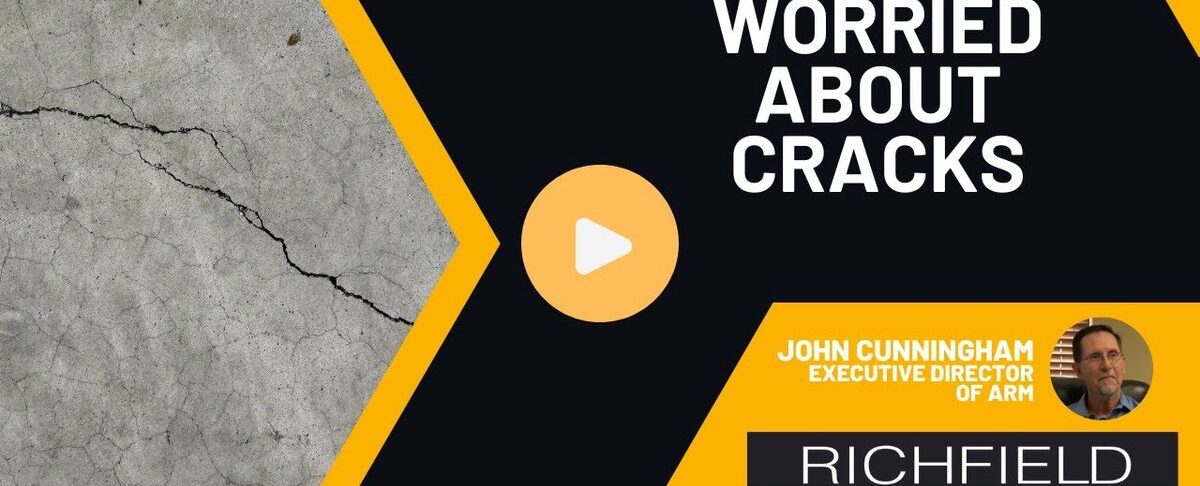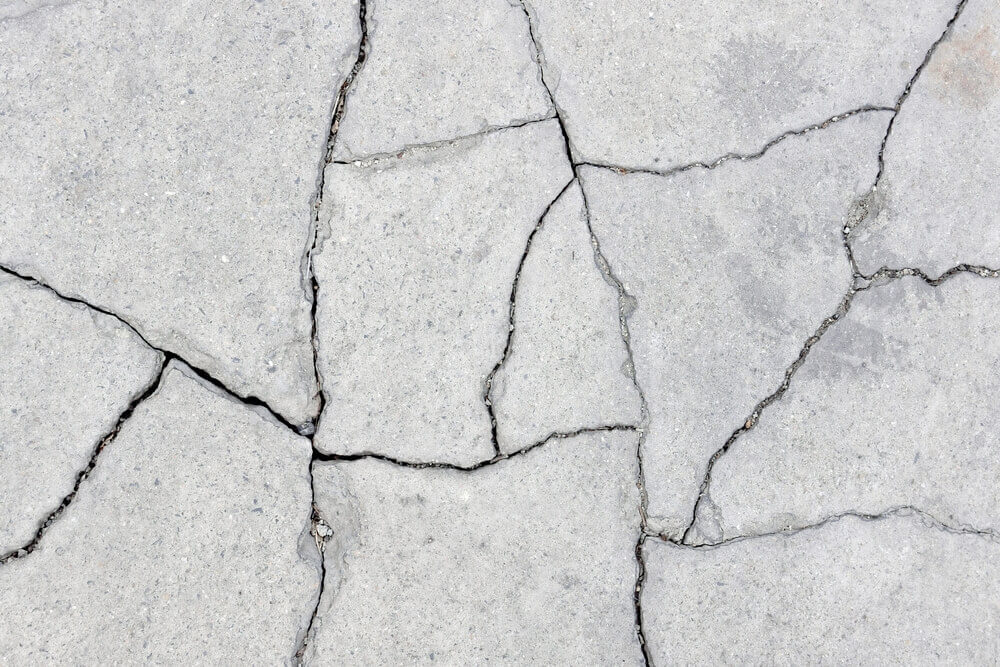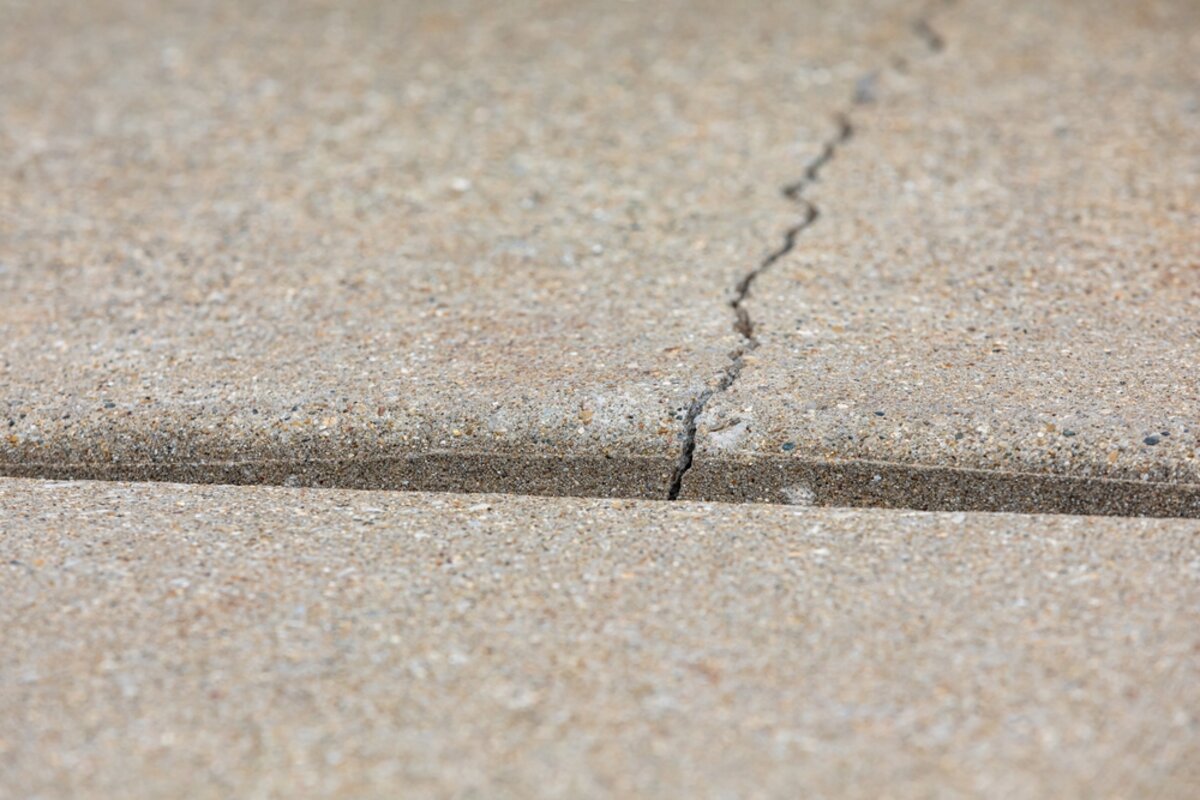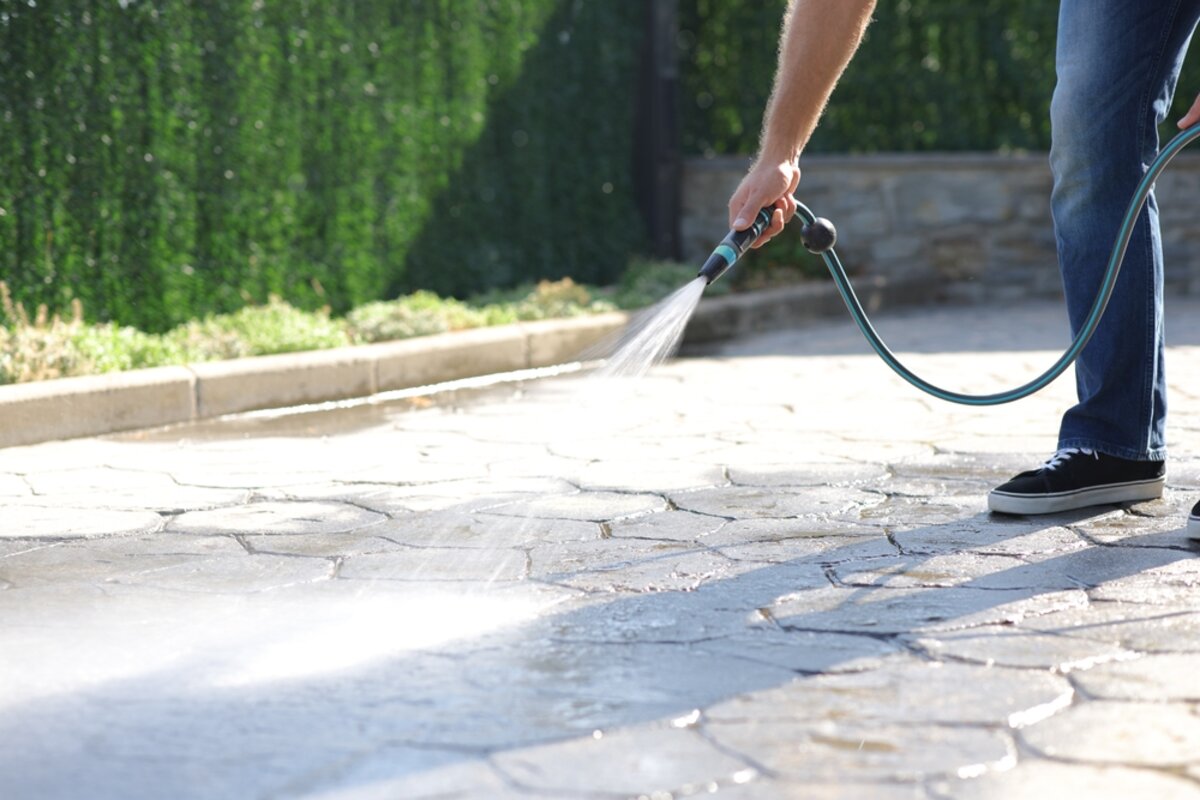The simple truth is that concrete is a material designed to be strong and durable, but it is not invincible. Cracking is a natural phenomenon that may happen over time due to various factors. Importantly, the appearance of a crack doesn’t automatically mean that the concrete structure is compromised. So when should you really be worried about cracks in your concrete?
The Role of Environment
Variability of External Conditions
Concrete structures are often exposed to a wide range of environmental conditions. Whether it’s the scorching heat, heavy rains, or freezing temperatures, concrete has to withstand it all. Engineers try to anticipate these variables as much as possible when designing and constructing concrete structures, but it’s virtually impossible to predict every single condition under which the concrete will perform.
Unplanned Cracking Due to Environmental Factors
Sometimes, you may observe a crack where you didn’t expect it. This unexpected cracking is usually attributable to environmental elements that couldn’t have been foreseen. Fluctuations in temperature, moisture, and even ground movement can contribute to this. So if you notice a crack that you didn’t expect, considering the environment might offer some explanations.
Introducing Joints to Control Cracking
Purpose of Joints
One of the key strategies used to control where concrete cracks is the inclusion of joints. Joints are essentially planned breaks in the concrete that allow for movement, which in turn, reduces stress and minimizes cracking in undesired places.
Additional Techniques to Minimize Cracks
Apart from introducing joints, engineers also experiment with the concrete mix itself. By altering the mix, they can influence the concrete’s ability to withstand external pressures and thereby reduce the probability of cracking. These customizations are usually based on where the concrete structure is being built and what kind of environmental stresses it is likely to face.
General Concerns About Cracks
When to Be Concerned
In most instances, a crack in your concrete isn’t a long-term issue. However, the aesthetic appeal of the concrete can be compromised by cracks. If you are particularly concerned about a crack in your concrete, the first step is to assess its width and length. Generally, cracks wider than 1/8 inch or showing signs of structural failure might require further investigation.
Crack Does Not Mean Failure
It’s important to understand that a crack does not signify that the concrete has failed. Concrete can crack for a multitude of reasons, many of which do not pose significant issues. But if you’re concerned, it’s always best to consult a professional.
Seeking Expert Opinions
Consult Your Ready Mix Producer or Contractor
If you find yourself losing sleep over cracks in your driveway, sidewalk, or parking lot, consult the experts. Talk to your Ready Mix producer or the contractor who constructed the concrete structure. They can give you a well-informed opinion on whether the crack is something to worry about in the long run.
Expert Evaluation for Peace of Mind
Consulting experts can give you peace of mind and also provide you with potential solutions. Whether it’s a minor repair or a suggestion for ongoing maintenance, a professional perspective will equip you with the knowledge you need to manage cracks effectively.
Conclusion
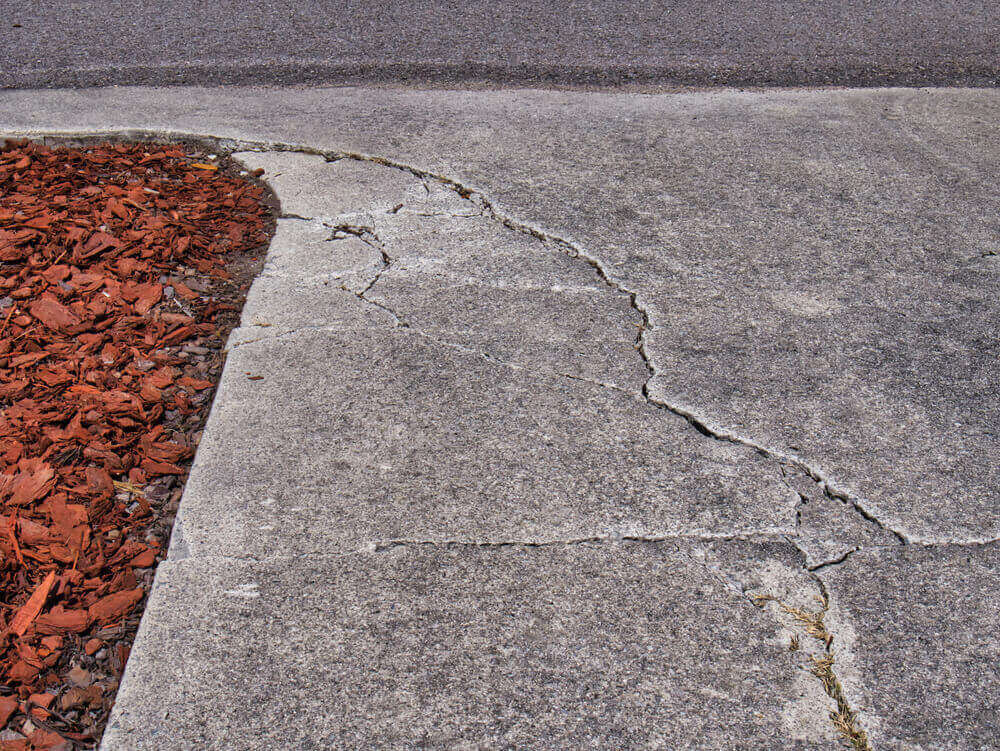
Cracking in concrete is natural and often unavoidable. However, understanding the role of the environment, the usefulness of joints, and when to seek expert opinions can guide you in managing your concrete structures effectively. So the next time you see a crack in your concrete, remember that it’s not always a cause for concern, but when in doubt, consulting a professional is always a good idea. Contact Richfield Concrete today to learn whether you should be worried about cracks in your concrete.




